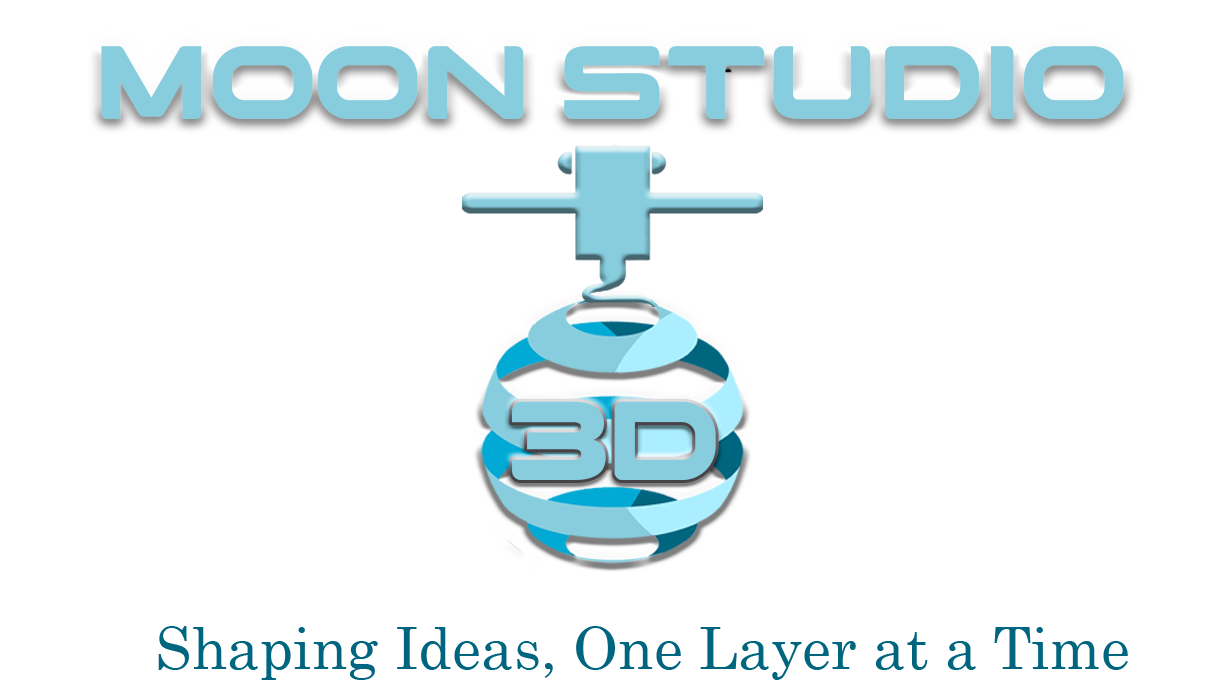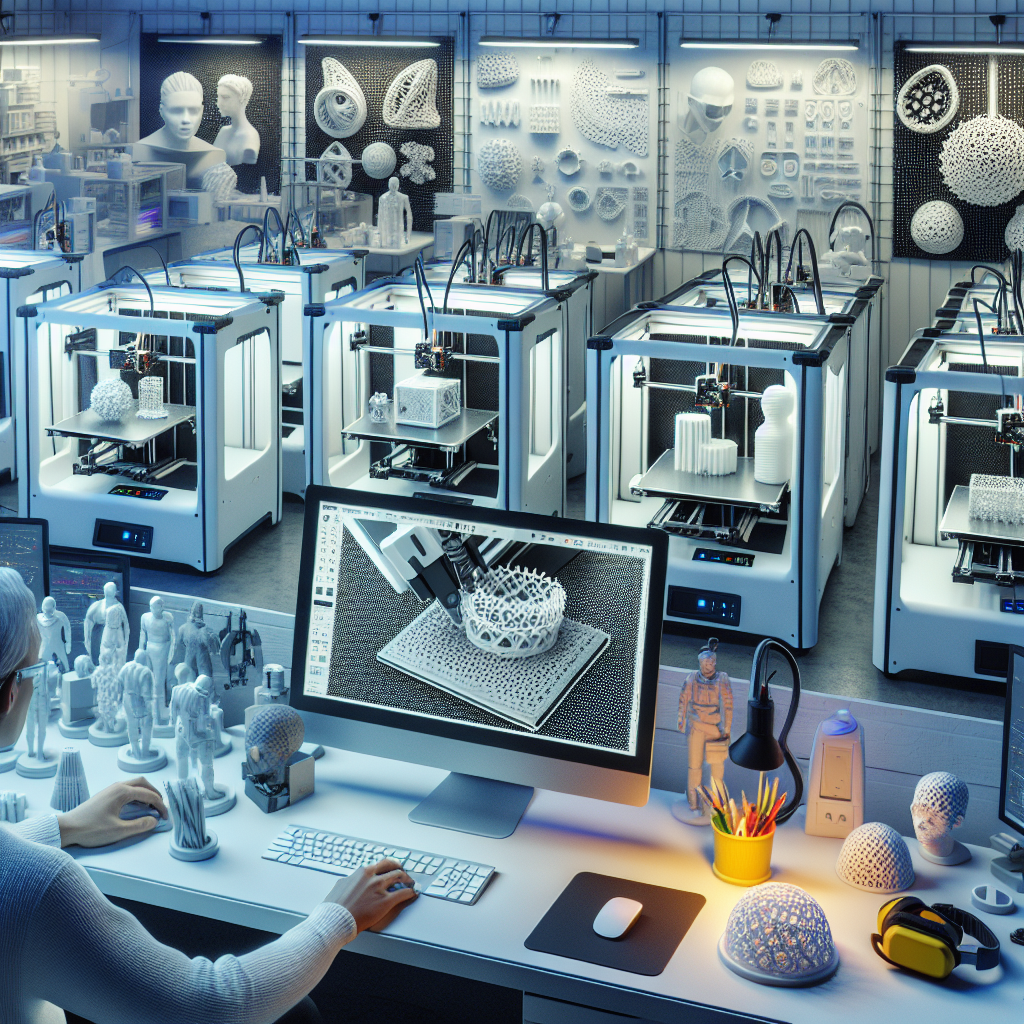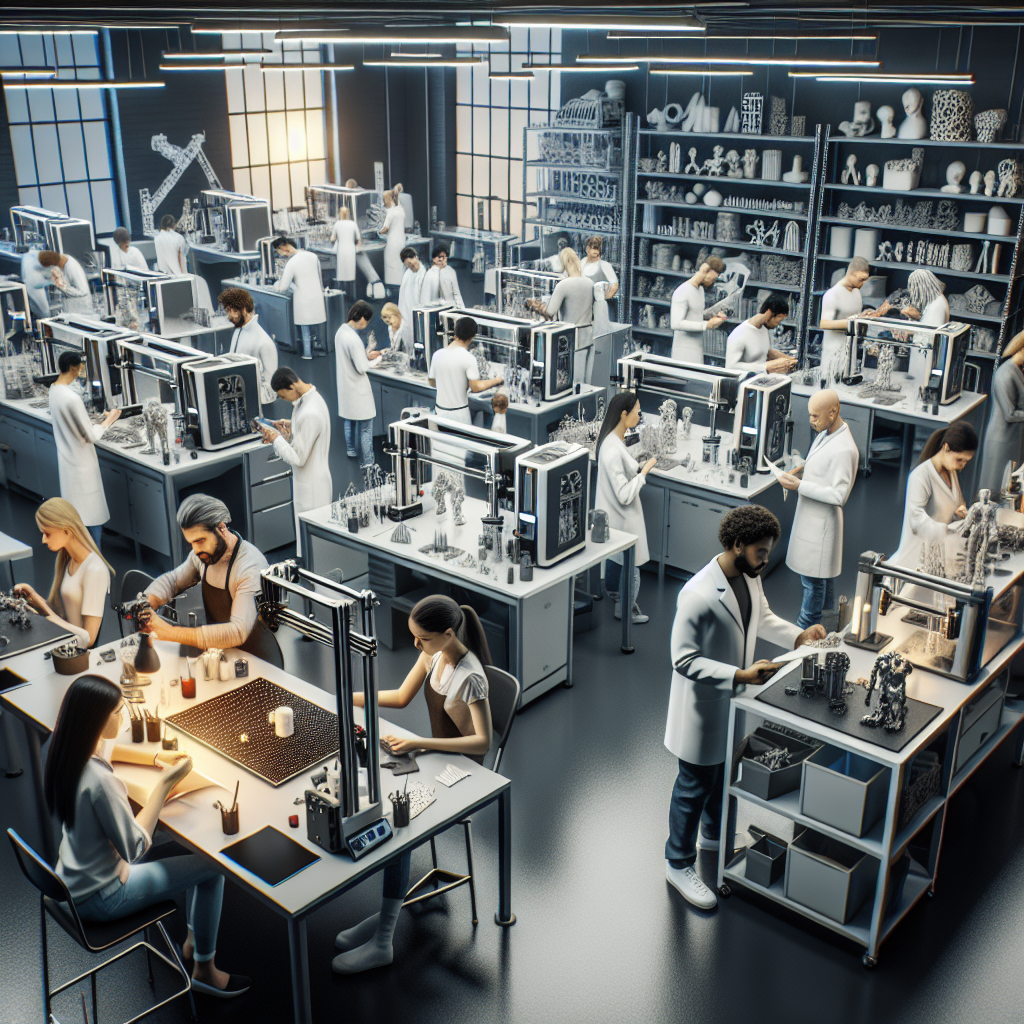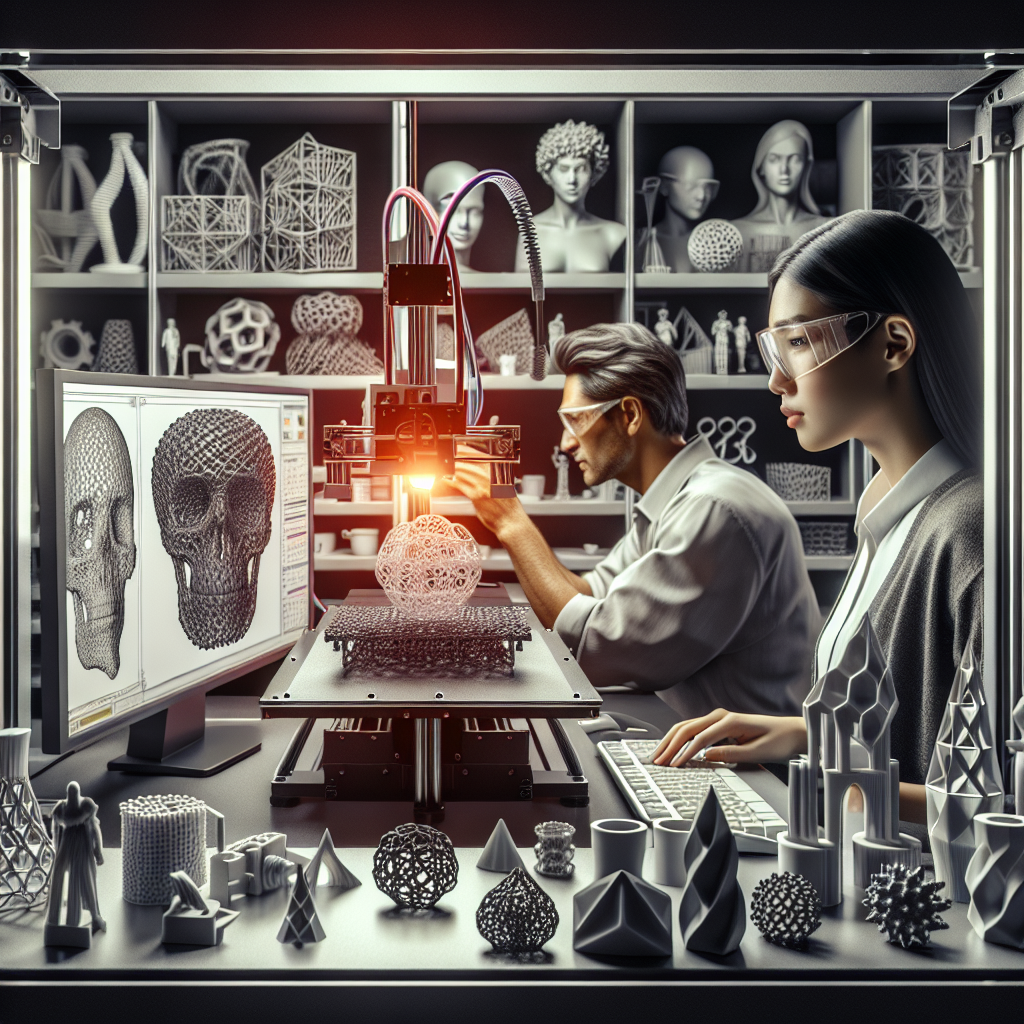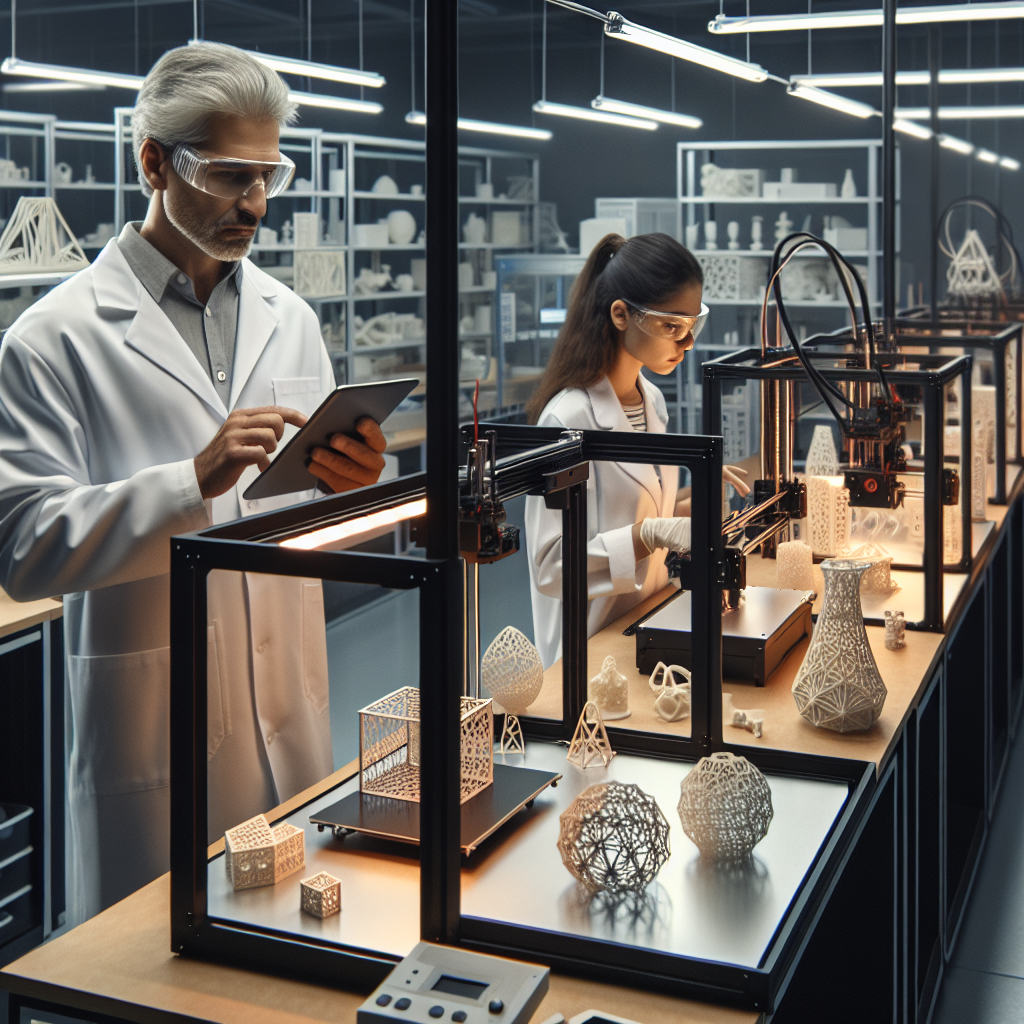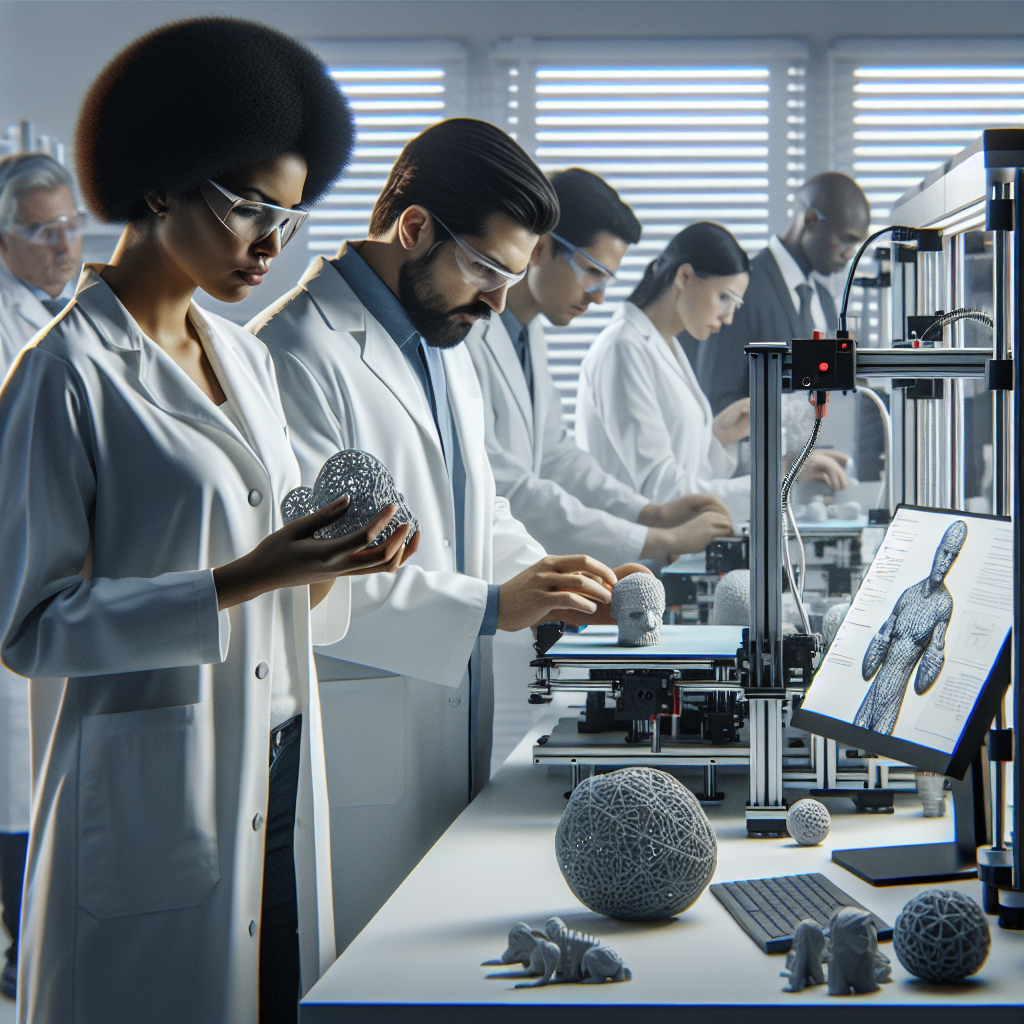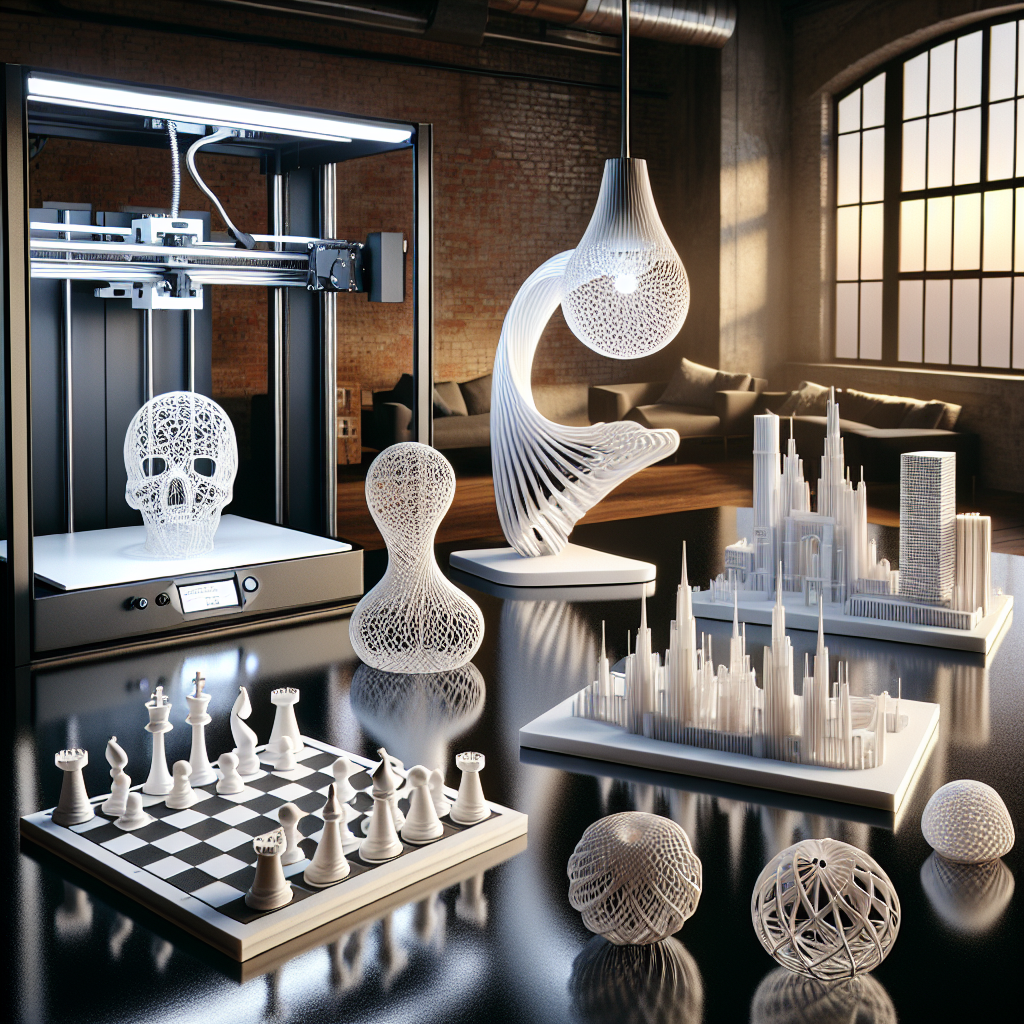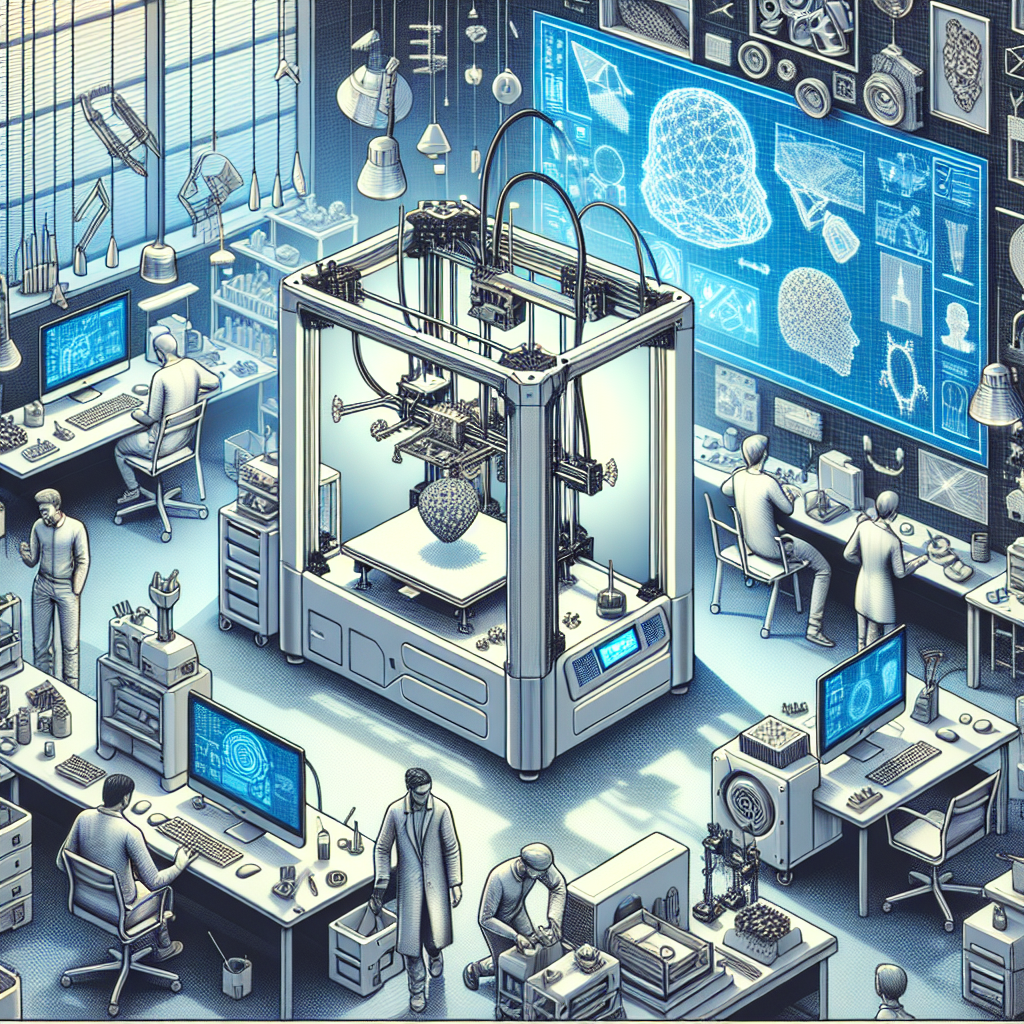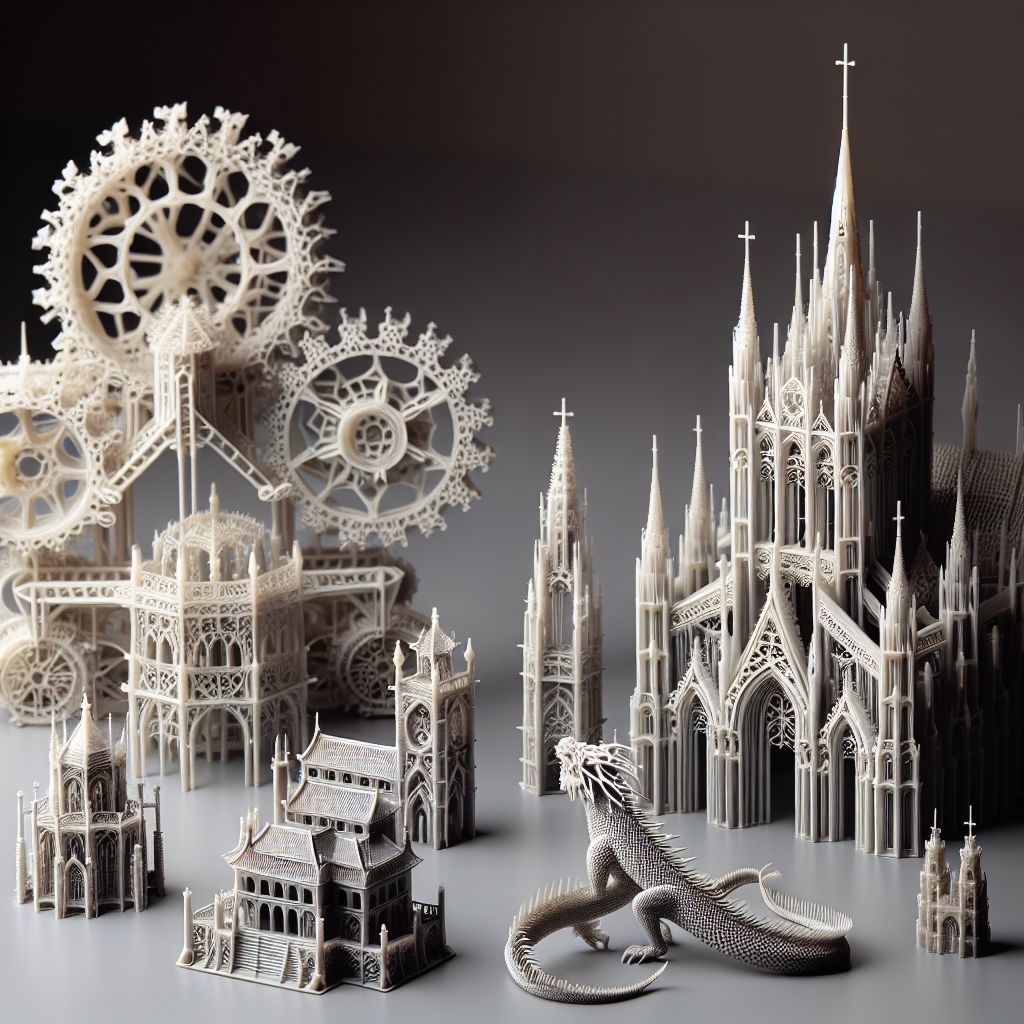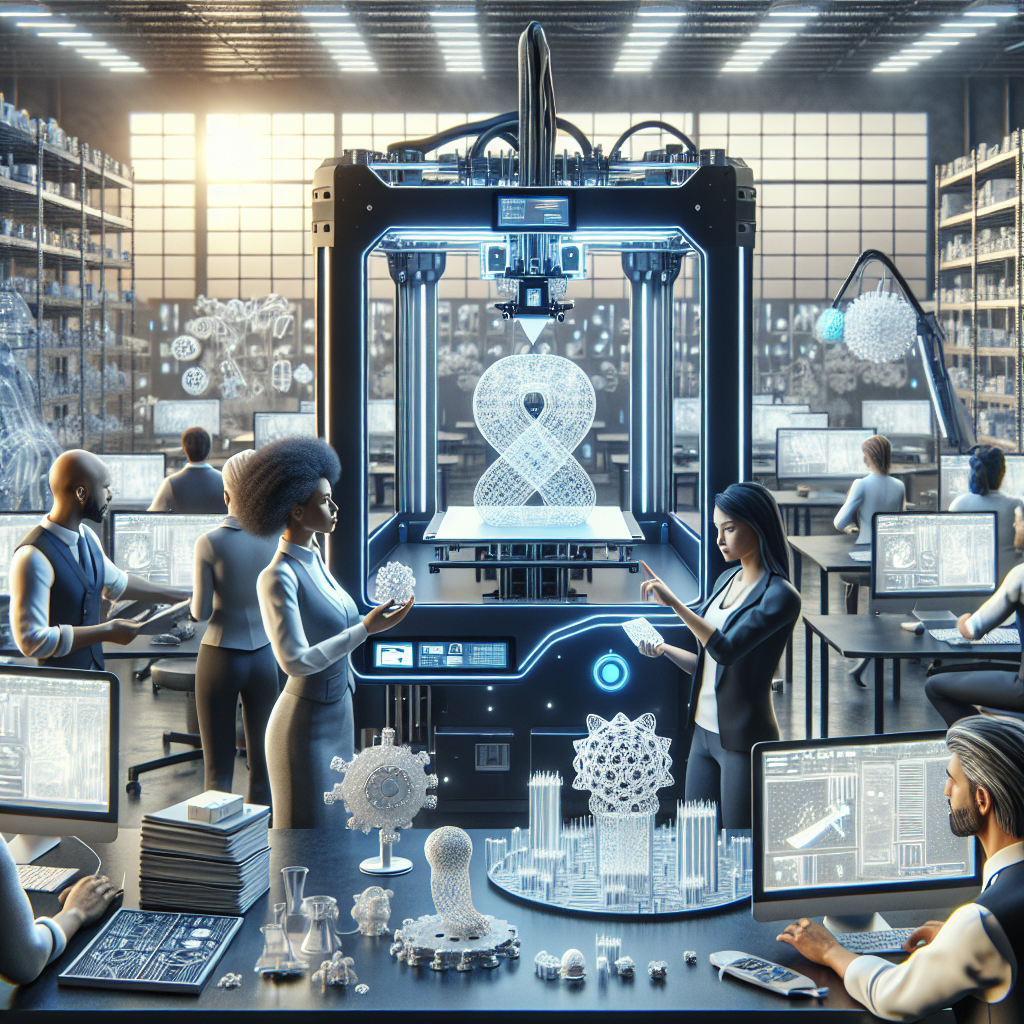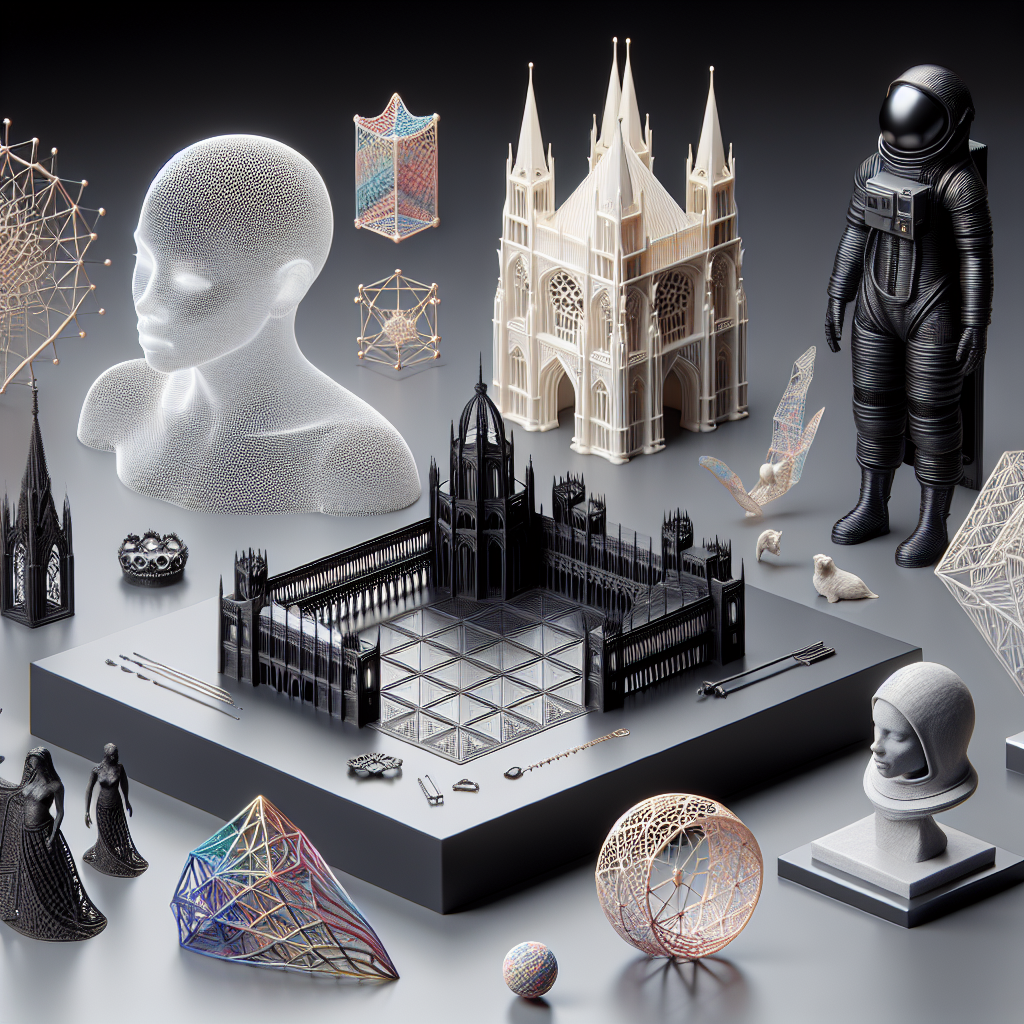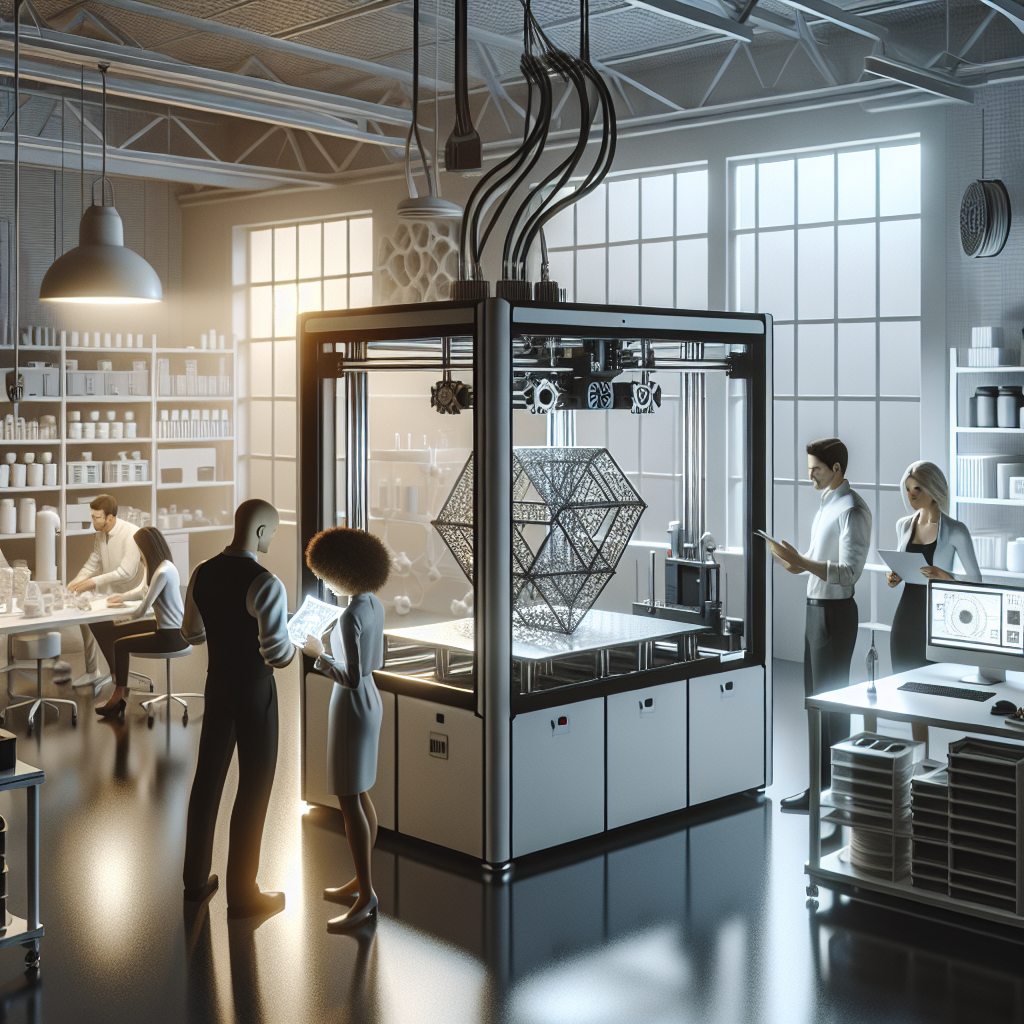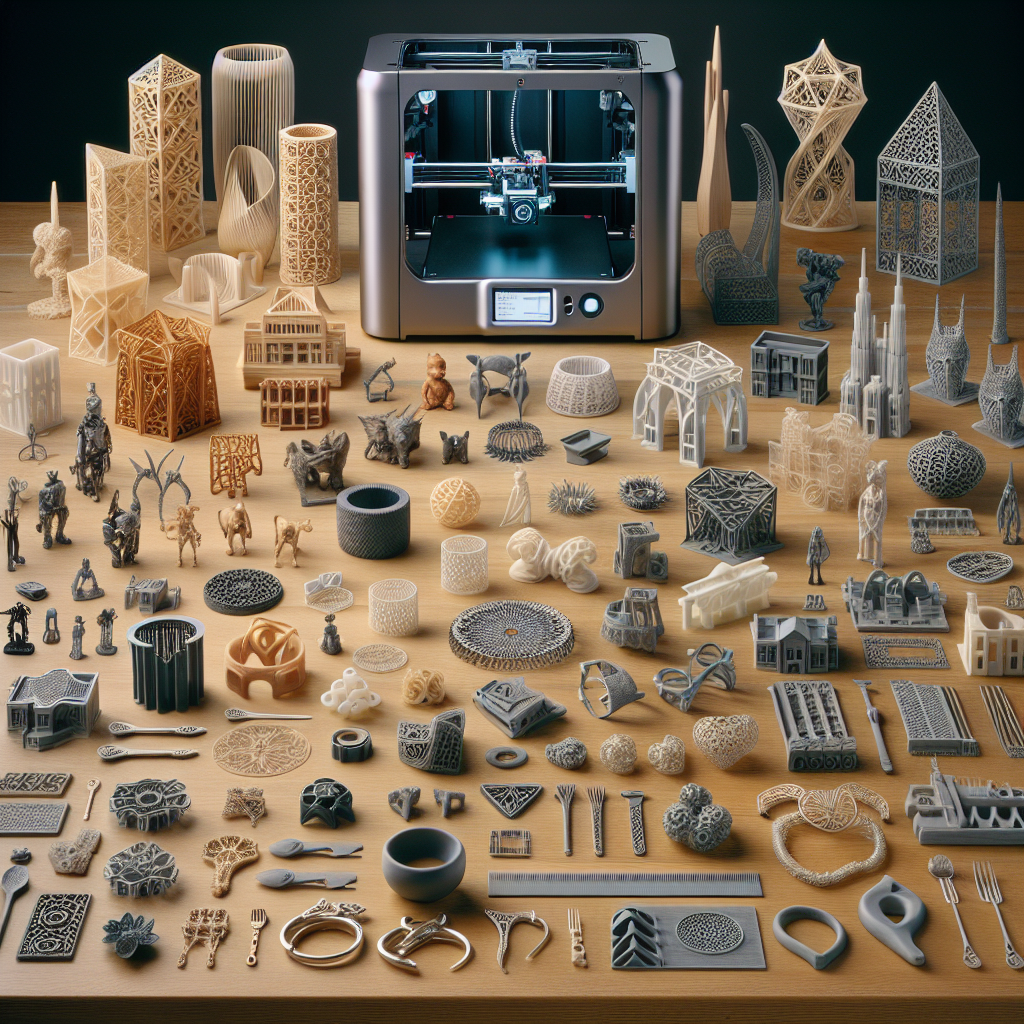The Next Big Leap: Cutting-edge Developments in Professional 3D Printing Technology
The world of 3D printing has undergone a revolutionary transformation, evolving from an experimental concept into a robust tool that’s reshaping industries. As we stand on the precipice of the next big leap in 3D printing technology, it’s crucial to explore the cutting-edge developments that are setting the stage for future innovation. From evolving materials and sophisticated software to revolutionary printing techniques, these advancements are poised to redefine how products are designed, manufactured, and distributed.
1. Advanced Material Science
One of the most exciting developments in 3D printing is the expansion of materials available for printing. Initially limited to plastics, current technologies now support a diverse array of materials, including metals, ceramics, composites, and even bio-materials. This surge in material selection is unlocking new possibilities, allowing industries such as aerospace, automotive, and healthcare to create products that were previously deemed impossible.
The introduction of new materials has also sparked innovation in creating more sustainable and durable 3D-printed products—a significant stride towards reducing industrial waste. Companies like Moonstudio3D are at the forefront of these innovations, offering products tailored to specific industrial requirements.
2. High-Precision Printing
Precision is critical in manufacturing, and the latest developments in 3D printing technology have made significant strides in this area. High-precision 3D printers can now produce complex geometries with exceedingly tight tolerances. This is instrumental in fields such as biomedical engineering, where the exactness of a part can make a difference in life-supporting devices.
For instance, researchers have made progress in micro-scale printing, enabling the production of tiny structures that can be used in medical devices and electronics. The potential to create robust, intricate designs at a microscopic level heralds a new era of innovation in manufacturing.
3. Hybrid Manufacturing
Hybrid manufacturing, which combines additive and subtractive processes, represents a leap forward in 3D printing. By integrating these processes, manufacturers can enjoy the benefits of both techniques—speed and flexibility from additive processes and precision and finish from subtractive processes. This approach enables the production of high-quality, complex parts that meet the rigorous standards of industries like aerospace and defense.
On platforms such as Moonstudio3D, you can explore examples of hybrid manufacturing applications that illustrate how this technology enhances production capabilities and product performance.
4. Localization and On-Demand Production
One of the crucial advantages of 3D printing is its potential to localize manufacturing. By enabling production to occur closer to the point of consumption, 3D printing technology can drastically reduce transportation costs and time-to-market. This breakthrough has empowered businesses to provide on-demand production, which minimizes inventory requirements and reduces waste.
3D printing firms like Moonstudio3D embrace this shift, allowing them to quickly adapt to market changes and demographic shifts, providing bespoke solutions at a local level.
5. Digital Twins and Smart Manufacturing
The integration of digital twin technology with 3D printing is propelling smart manufacturing to new heights. Digital twins—virtual replicas of physical products—are used not just for simulation but also for real-time monitoring and predictive maintenance of the 3D printing process. This visibility into the manufacturing process enhances quality control and reduces downtime, resulting in more efficient operations.
Companies leveraging this technology can create predictive models that identify potential problems before they occur, ensuring seamless production and higher-quality outcomes. The product range offered by firms like Moonstudio3D showcases how digital twins can optimize the manufacturing journey from concept to final product.
6. Bio-printing Innovations
Bio-printing remains one of the most exciting frontiers in 3D printing technology. With the potential to revolutionize the healthcare industry, bio-printing is making strides toward the production of human tissues and organs. There are ongoing efforts to perfect the bio-printing of skin, cartilage, and more complex organs like the liver and kidneys.
These advances not only offer hope for medical treatments and transplants but also open new research avenues in drug testing and development. As we continue to develop this technology, bio-printing promises to solve some of healthcare’s most pressing challenges.
7. Software and AI Integration
The evolution of 3D printing isn’t solely about hardware and materials; software plays an equally critical role. The integration of artificial intelligence into 3D printing processes is streamlining workflows and enhancing capabilities. AI algorithms can optimize designs for weight, strength, and efficiency better than traditional methods, resulting in superior products.
Software solutions are also improving the usability of 3D printers, making them accessible to a broader audience. Moonstudio3D provides resources and insights into the latest AI-powered software that guides users through the complex landscape of 3D printing design and execution.
Conclusions
The advancements in 3D printing technology signify a monumental shift in manufacturing and product development. As industries continue to embrace these cutting-edge technologies, we will witness unprecedented levels of innovation, efficiency, and customization in various sectors.
From high-precision parts and sustainable materials to bio-printing and AI integration, these developments collectively point to a future where 3D printing plays a central role in global production strategies. Platforms like Moonstudio3D exemplify these trends, showcasing the transformative power of 3D printing across industries.
As we look towards a future defined by innovation and adaptability, the continued evolution of 3D printing technology promises to revolutionize how we conceive, create, and implement products. The next decade may well see 3D printing moving from a supplementary role to becoming a cornerstone in the manufacturing domain, shaping a world that is not just smarter and more efficient but also sustainable and connected.
